How Much Beef From Public Lands Ranching
Why Public Land Grazing is So Important to the American West
As the demographics of the West modify, sportsmen and women tin feel good about supporting working ranches that responsibly graze their livestock on public lands—these private landowners and land managers are primal partners in conservation and often facilitate hunting and fishing access, unlike the condo complexes that might pop upwards without them
Private lands make upwardly about 60 percentage of the U.South., while hundreds of millions of acres are grazed by livestock. And though it may seem similar sportsmen and women only have eyes for public lands, these private lands tin too offer disquisitional seasonal habitats and connectivity for fish and wildlife, as well as recreation access.
Working ranches are an incredibly important part of this public-private country fabric—non to mention the Western economy and way of life. Only the reliance on public lands for grazing has remained a hot-push button issue even later unregulated grazing was curbed by federal law decades ago.
Some of you may immediately think of Nevada rancher Cliven Bundy and the armed confrontation over his failure to pay grazing fees to the federal government for the utilise of public lands. Others may have heard groups calling for the outright abolishment of all public state grazing. But smack dab in between these opposing and polarizing views lie nigh sportsmen and women and tens of thousands of hardworking families who own and manage millions of acres vital to fish and wildlife.
So why does this legitimate employ of public lands still go a bad rap?
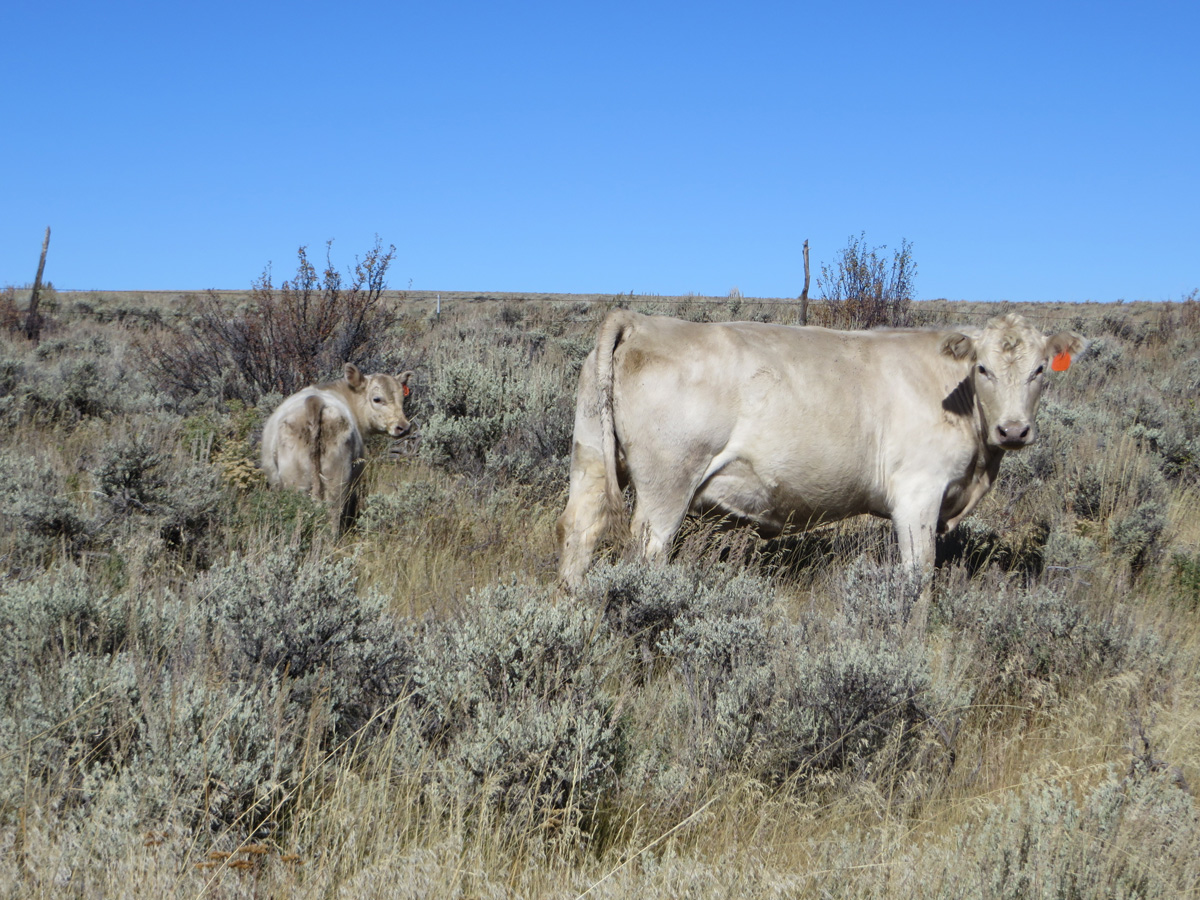
A Brief History of Grazing in the West
Livestock grazing on both private and public lands dates back to the homesteading era and westward expansion. As iconic and integral every bit ranching is to the West's ethos and economy, grazing has also contributed to a long history of controversy and fence over public lands management, from the era of unmanaged sheep and cattle grazing after the Civil State of war to the Sagebrush Rebellion in the 1970s into the present twenty-four hours.
After decades of unregulated livestock use in the West led to overgrazing and deposition of rangeland and water resource, Congress passed the Taylor Grazing Deed in 1934. Today, livestock grazing is much more than heavily regulated, yet remains a hot topic, as grazing plays into the complex multiple-apply management scheme that must address increasing demands on our federal public lands from a growing man population.
At the center of this perpetual debate lies a wide range of issues surrounding individual belongings valuation and rights, h2o quality and usage, endangered species, access to public lands, and habitat for fish and wild fauna, amongst other things. Across Western landscapes, private lands often occur in a "checkerboard" system with federal and state lands, further complicating issues and creating unique challenges for multiple-use management.
Despite the complexities of multiple-use management, maintaining economically viable ranches is of vital importance. The loss of family-owned ranches might mean development on some pretty special landscapes, loss of habitat for native species, or the end of "handshake agreements" for hunting and fishing access.
Not an Either-Or Suggestion
And then, why is public-land grazing so necessary to keeping these private-lands ranchers in business organisation and on the land? To remain financially solvent, many ranches rely on their own acres AND federal grazing permits. About of the time, they can't have one without the other.
The Taylor Grazing Act put tens of millions of acres of public country into grazing districts and smaller units, or allotments. Ranchers apply for renewable x-yr permits to graze on these allotments. Each permittee must ain their own base property virtually the allotment to be eligible and must pay for their use. So, not just anyone can graze their cattle on public lands.
Near Western ranches need both their deeded property and their federal grazing allotments to make an operation economically viable. If ranchers can't sustain their businesses from the land they own and federal lands they accept admission to, nearly will undoubtedly hit a breaking bespeak and sell to a willing buyer. And the sale of existing properties can nowadays new challenges to sportsmen and women.
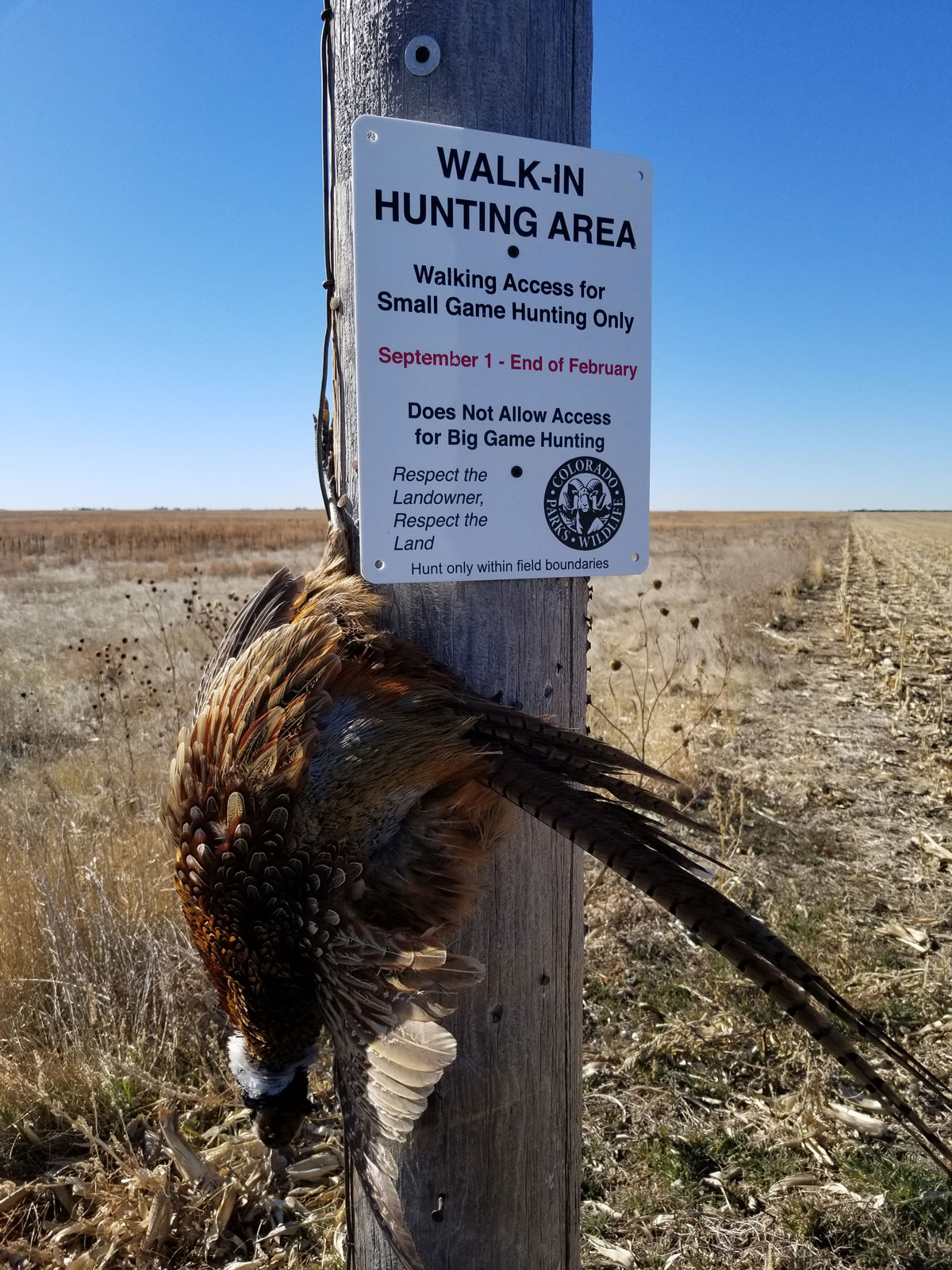
Individual Lands in Other Hands
Much of what happens if a ranch must be sold depends on whether it has a perpetual or long-term easement in place, who buys the land, what their objectives are, and other factors driving the purchase and existing land status. But a not bad reason to support responsible ranchers with public country resources is to avoid the risk of what could come next if they sell their belongings.
While many chunks of land would never be carved up for parking lots, luxury homes, condominiums, commercial real estate, or other evolution, sub-division of large tracts of land indeed is a real and ominous threat already pervasive beyond the West. Subdividing private lands does not normally bode well for wild animals conservation or our hunting and angling admission.
State may transfer hands to another ranching operation—perhaps fifty-fifty 1 with a stronger emphasis on voluntary conservation—simply a new landowner could too cull non to re-enroll in a public access program or might move forward with converting wild fauna-friendly rangeland to cropland.
The time to come of private land depends on many things that current of air upwardly looking like a curlicue of the dice in Vegas compared to keeping working lands in knowledgeable working hands.
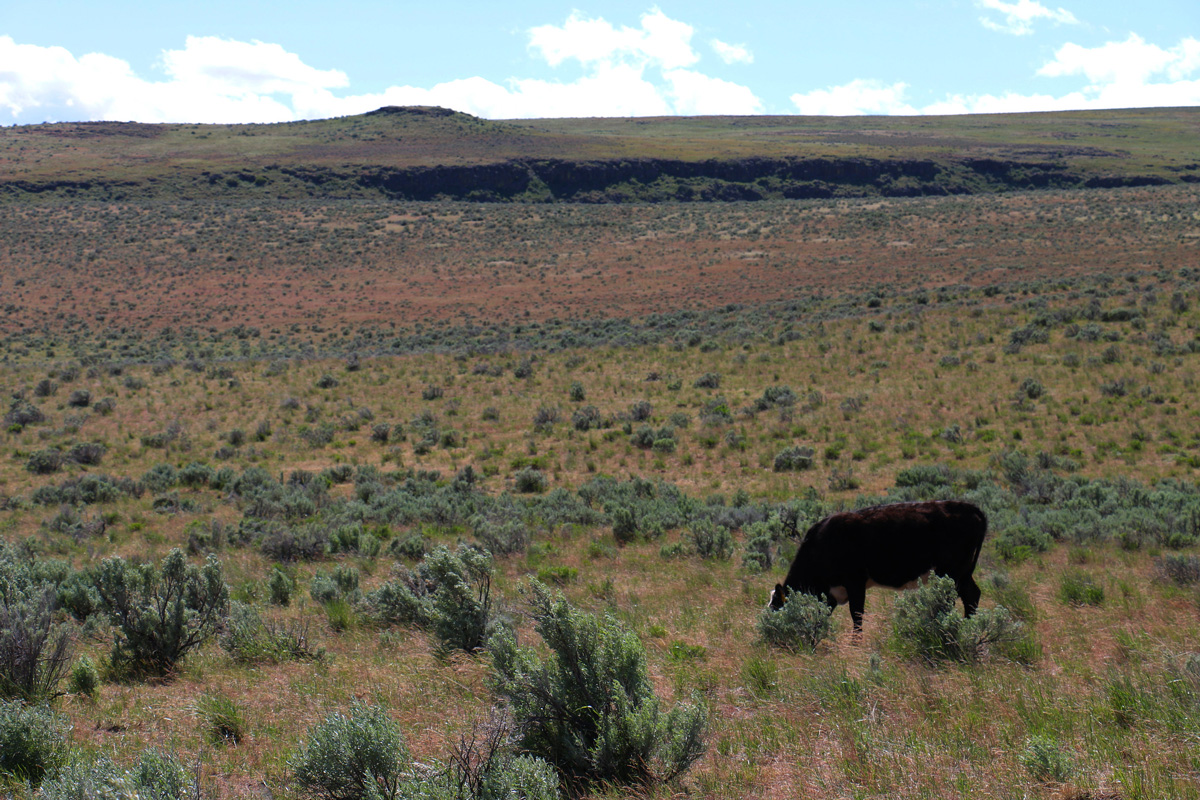
Partners in Conservation
Landowners are critical to conservation success and thus must be considered necessary partners in conservation. They shouldn't have to feel threatened by species restoration plans or other resources conservation efforts. Conservation should nowadays opportunities for landowners to go along their lands productive and thriving for both livestock and fish and wildlife.
Ranchers are already doing on-the-ground work through programs like the Sage Grouse Initiative, Partners for Conservation, Working Lands for Wild animals, and Farm Bill conservation programs like Voluntary Public Access.
There can be negative impacts on habitat from improper livestock grazing, and there will likely continue to be issues and disagreements among individual landowners and public land users on how public land should be managed. We are all equally accountable to natural resource held in the public trust, whether you lot own cattle, state, or a hunting license.
Assuming the worst of landowners or attacking their interests does null to further conservation. In nearly cases, they are the worthy stewards of their own lands and our public acres. And losing working ranchlands to evolution would not bode well for fish, wildlife, or sportsmen in the long run.
Recent angst over sage-grouse conservation, leasing in migration corridors, and water bug should encourage united states to strengthen our relationships with all stakeholders interested in finding common footing for conservation and apply of our public lands. That includes ranchers who rely on public lands for grazing. The path forwards for public and private land management that will sustain conservation is i of continued collaboration and partnership—not polarization.
Aldo Leopold one time said: "Conservation volition ultimately eddy down to rewarding the private landowner who conserves the public involvement." As the gimmicky aphorism goes, the TRCP supports keeping "working lands in working easily." We will continue working with our organizational partners, plus businesses, landowners, and conclusion-makers, to ensure that our landscapes provide all Americans quality places to hunt and fish.
Top photo by USDA NRCS Montana.
Do you accept any thoughts on this post?
Building Packs and Giving Back
Mystery Ranch is a Bozeman, Montana-based backpack and gear company that knows a thing or two about hauling heavy loads over unpredictable terrain. So, information technology's only fitting that they've been conveying more than their weight in the world of conservation.
Hither'south their story:
We take around 100 people working at Mystery Ranch—this includes folks in product, our warehouse, warranty and repair, operations, product evolution, accounting, sales, marketing, IT, customer service, and more than. It'due south an incredibly diverse workforce from all over Montana and the balance of the U.S. with different ages, interests, and backgrounds. Preferred outdoor activities run the gamut, from backcountry skiing, ice and rock climbing, and trail running to precision shooting, bow-hunting, and fly-fishing.
All of these activities crave two key ingredients: public land and access to it. What we do hither, and the packs and gear we design and build, fuels these passions.
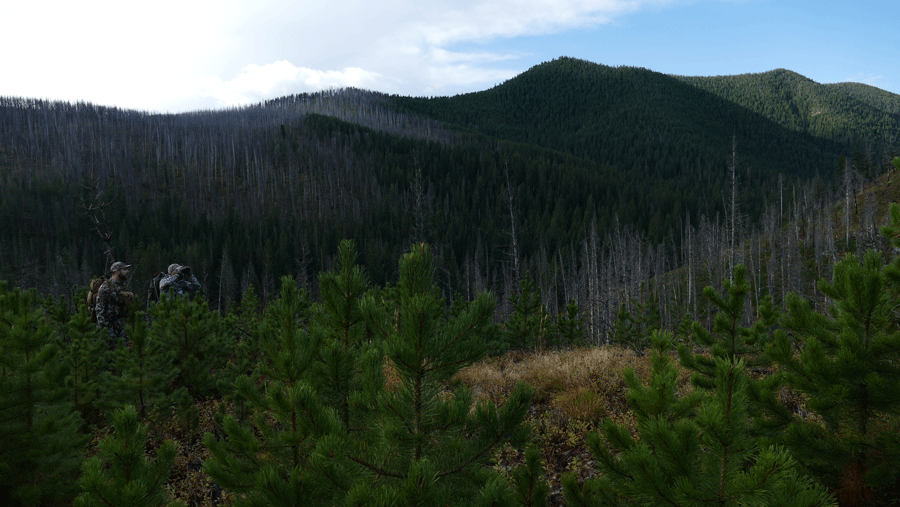
Our location in Bozeman certainly helps usa—information technology may sound cliche, just nosotros really do live in ane of the best places for folks who beloved being exterior. All kinds of opportunities on the water or in the mountains are available correct in our backyard. And that fuels a visitor culture that is open, friendly, and just plain fun.
Without question, the passions we pursue deepen our commitment to conservation. Nosotros support a broad-ranging group of organizations in whatsoever ways that we tin can. Nosotros donate products for auctions and raffles at events similar the TRCP's Uppercase Conservation Awards Dinner, and for several years take sponsored the Western Media Pinnacle.
Nosotros besides believe we should stand up up on issues and initiatives that nosotros know are important. Recently, we signed on to a letter from the business community calling for a balanced roadless rule for Alaska, and nosotros've besides supported the TRCP's Sportsmen's Country and Sportsmen'south Access campaigns. At the end of the day, we want to make certain that as a company we support those who exercise the vital piece of work, educate, inspire, and make a difference.
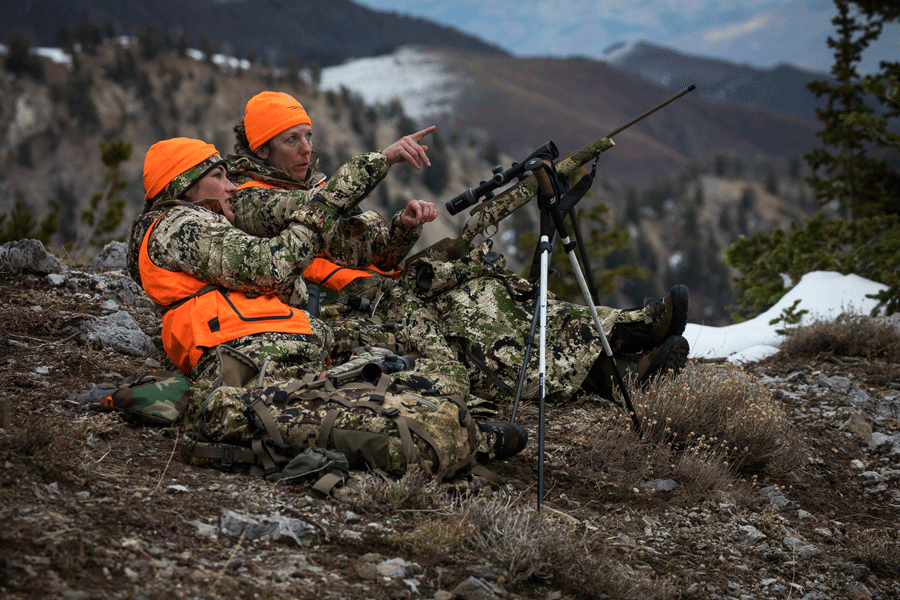
This is particularly truthful with our hunting and outdoor production lines—then many of our customers and employees are personally involved in groups that advocate for public lands, trail maintenance, public access, watershed improvements, or habitat expansion and protection.
We know that our concern—and our individual opportunities—depend on these efforts, and we think there's real strength in the overlapping values and interwoven missions of companies like ours and the causes we support.
In short, we build packs and gear for people who love the outdoors and fiercely defend it. That means protecting the rivers and streams we float and fish; ensuring the mountains we hike, hunt, and ski remain public; and working to see that these opportunities will be available today, tomorrow, and beyond.
You tin learn more nearly Mystery Ranch and the causes they support at MysteryRanch.com.
Lawmakers Introduce Bipartisan Nib to Strengthen the Marine Food Web
Fodder Fish Conservation Act would improve recreational line-fishing opportunities
U.S. Representatives Debbie Dingell (D-Mich.) and Brian Mast (R-Fla.) have introduced legislation to promote responsible management of provender fish—the smaller allurement fish that larger sportfish rely on for nutrient.
The Forage Fish Conservation Act would address a decline in forage fish populations, strengthen sportfish populations, and support better recreational fishing opportunities. Forage fish populations take been declining due to numerous pressures, including changing ocean conditions, and this legislation takes steps to support a more robust marine food web.
"This legislation uses sound science to preserve our nation's angling economy," said Whit Fosburgh, president and CEO of the Theodore Roosevelt Conservation Partnership. "Declining populations of provender fish hurt the entire marine ecosystem and sportfishing opportunities. This beak will assistance foreclose overfishing and create sustainable fisheries. We appreciate Representative Dingell working with a wide coalition to accelerate conservation efforts across the country."
The Forage Fish Conservation Act ensures that plenty provender fish remain in the water past:
- Providing a national, science-based definition for forage fish in federal waters.
- Assessing the impact that a new commercial fishery could accept on the marine ecosystem and coastal communities prior to the fishery being authorized.
- Accounting for predator needs in existing management plans for forage fish.
- Requiring that managers consider forage fish when establishing inquiry priorities.
- Ensuring scientific communication sought past fisheries managers includes recommendations for forage fish.
- Conserving and managing river herring and shad in the ocean.
- Preserving country management of provender fish within state waters.
The Provender Fish Conservation Act is likewise co-sponsored past Representatives Matt Cartwright (D-Pa.), Fred Upton (R-Mich.), Baton Long (R-Mo.), and Jared Huffman (D-Calif.)
Photo by the Chesapeake Bay Program via flickr.
What Is Chronic Wasting Affliction and How Does it Kill Deer and Elk?
The key to understanding the threat of CWD is learning more about the particles that cause information technology
My home in Wisconsin is less than xx miles abroad from the detection site of the first example of Chronic Wasting Illness east of the Mississippi River in 2002. Michigan Country University, where I attend school, is within the aforementioned proximity of the first detected case in the state of Michigan. It is safe to say that this disease has been in my lawn for virtually of my life.
Every bit the disease spreads across the country, more and more than hunters are finding CWD in their backyards, likewise. And while its name is increasingly familiar among sportsmen and women, CWD withal remains a source of confusion for many.
Much of this confusion pertains to the small particles that cause it, known as prions. Although nosotros commonly associate transmissible diseases with viruses and bacteria, prions are neither. Nor are they Fungi. They are not even live.
And then but what are these things, how do they spread, and why should nosotros exist worried virtually them?
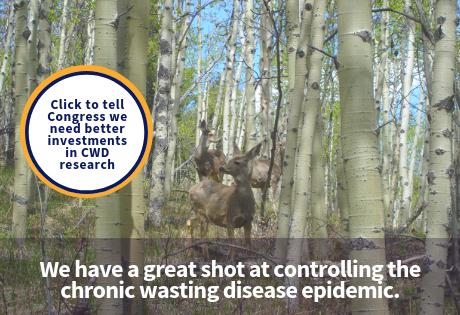
Prions 101
The term "prion" is derived from "proteinaceous infectious particle," and it was coined in 1982 by Stanley B. Prusiner of the University Of California San Francisco. In the Usa, it is unremarkably pronounced PREE-on, while in the U.K. it is usually said PRY-on.
In short, prions are malformed proteins. Like other proteins, they are made upwardly of complex chains of amino acids and exist in the membranes of many normal cells. Many forms of prions are not harmful, but certain prions can be highly subversive when they accrue in the brain or other nervous tissues of an organism.
As prions do non accept their ain genetic information, they cannot reproduce independently, like bacteria, or through a host cell, like a virus. Prion molecules are dangerous because they "reproduce" past denaturing the normal proteins that are in close proximity to them. This procedure both facilitates the spread of the affliction through the body and can cause the degradation of nervous tissue.
[Jump to: These Changes Are Worth Your Time to Stop the Spread of Chronic Wasting Disease]
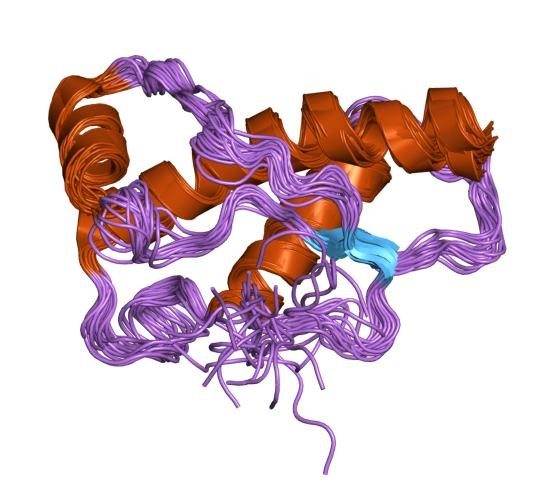
How CWD Kills
Prion-caused diseases, CWD amidst them, form holes in the brains of affected organisms and are known every bit Transmissible Spongiform Encephalopathies, or TSEs—a very technical name for diseases that affects the brain (Encephalo = encephalon; pathy = disorder) by causing nervous tissue to get porous (spongiform = sponge-like), and tin can be spread from ane individual to another (transmissible). These neurodegenerative disorders exhibit a insufficiently long incubation period, are fatal in all circumstances, and include "Mad Moo-cow" illness in bovid species, scrapie in sheep, and Creutzfeldt-Jakob disease in humans.
Because they are not alive, prions cannot exist killed. The drove of amino acid molecules comprising a prion must be chemically denatured to lose their detrimental capabilities. Every bit a result, prions are incredibly resilient to change–exposure of upwardly to 1,500 degrees Fahrenheit will not deform the proteins—and can remain in a given surround for long periods of time.
In a deer infected with the affliction, prions may be constitute in diverse trunk fluids and tissues, simply particularly those relating to the nervous system. Actual contact, urine, feces, and saliva tin all serve as manual vectors. In addition, a recent study conducted by researchers at the University of Wisconsin-Madison suggests that prions can likewise be nowadays in and spread through environmental vectors, including soil columns and waterways.
[Leap to: Experts Reply to Chronic Wasting Affliction Skeptics]
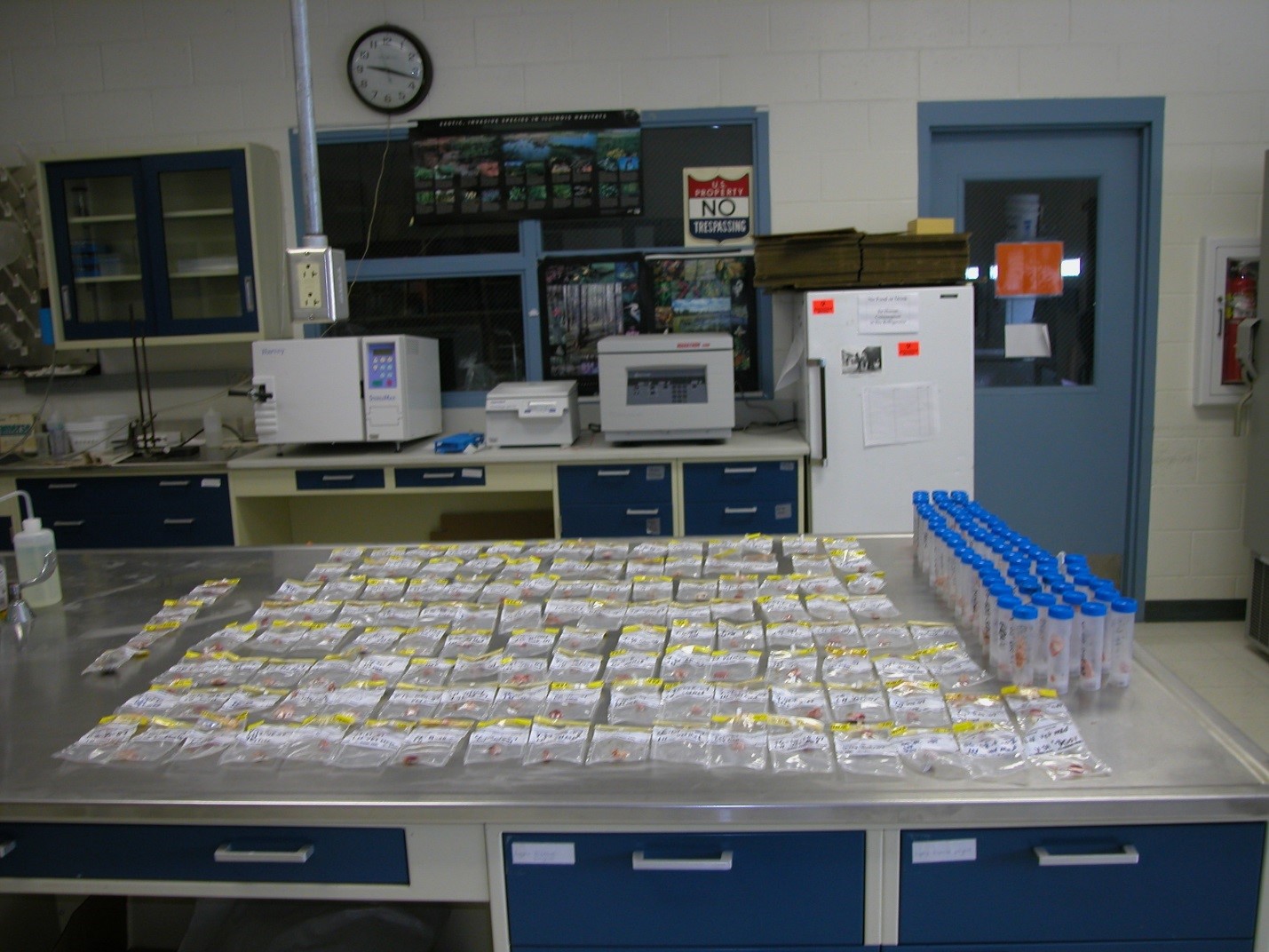
The Big Picture Threat
It is important to consider the epidemiology of CWD when comparing it to other threats against whitetail herds. Due to the nature of this disease, it can take years of prion buildup for a deer to showroom symptoms of CWD such as weight loss, stumbling, lethargy, and other neurological atmospheric condition, whereas viral diseases like EHD (Epizootic hemorrhagic disease) can be evident after only seven days. This is one reason why hunters exercise not oft discover heaps of deer carcasses in the field from CWD, simply see mass die-offs from EHD more often. Nonetheless, this does not mean that CWD is not harmful. In fact, this feature makes CWD more than insidious because it is more than difficult to notice early on infections.
While there has never been a recorded case of cervid-man transmission, the Heart for Disease Control advises against eating meat from infected individuals. As early on equally 1997, the Globe Health Organization recommended that known agents of prion diseases exist kept out of the food concatenation. Contempo inquiry suggests that CWD could be transmissible to primates, but this has only been studied on Cynomolgus Macaques and was a single, limited report.
The nature of this disease, particularly the rapid transmission and longevity of prions, makes CWD the biggest threat to herds of whitetail, mule deer, elk, and moose populations. If hunters and conservationists hope to successfully gainsay this disease, information technology will be important to support wildlife professionals and scientists in their research efforts to acquire more most prions and how to accordingly address their consequence.
Accept action to support meliorate research and testing for CWD across the land.

This was originally posted July thirteen, 2018 and has been updated.
Recreational Fishing Groups Formally Object to "Sustainable" Stamp on Menhaden Fishery
Mining the base of operations of the nutrient concatenation is neither sustainable nor economically justifiable
Today, iii recreational fishing groups filed a formal objection against the Marine Stewardship Council's recommendation that Omega Protein should receive a certification of sustainability for its U.Southward. Atlantic menhaden purse-seining operations. The Theodore Roosevelt Conservation Partnership, American Sportfishing Association, and Coastal Conservation Association signed onto the objection, filed with MSC's leaders in the United Kingdom.
The industrial harvest of this important provender fish past a unmarried foreign-owned company, Cooke Inc.'s Omega Protein, has a negative impact on striped bass and other sportfish that rely on menhaden for food. Earlier this month, MSC—a private international organization, not a government entity—signaled that it would likely put its stamp of approval on Omega'south menhaden reduction fishing operation, in which the oily baitfish is harvested and reduced into meal, pet food, and other products.
MSC reached this conclusion in spite of the fact that menhaden stocks are less than half of what they would exist without industrial harvest, which currently suppresses the striped bass stocks on the East Coast past well-nigh 30 percent. Striped bass are the unmarried well-nigh valuable marine recreational fishery in the country.
"This certification would put a blue ribbon on the practise of robbing sportfish of their fodder base of operations, even as striped bass numbers decline in the Atlantic," says Whit Fosburgh, president and CEO of the TRCP. His organization collaborated with a legal team to object to MSC's findings and rallied private anglers to sign an open letter opposing the certification. "We felt information technology was of import to put pressure level on MSC, in every venue possible, not to practice this. Information technology is irresponsible to call Omega'due south operation sustainable when information technology affects striped bass numbers and the recreational fishing economy."
MSC's published assessment indicates that the certification of sustainability would be granted on the status that Omega reach sure milestones over four years—not because the operation can be considered sustainable now. Sportfishing groups objected to the rationale behind 2 of these atmospheric condition and the MSC's overall method of assessing the stock's status.
"The MSC certification undermines ten years of work by the Atlantic States Marine Fisheries Commission to establish ecosystem reference points for Atlantic menhaden, a process expected to be concluded in the next yr," says Mike Leonard, vice president of government affairs for the American Sportfishing Association. "For sportfishing businesses on the Due east Coast, the stakes are very high going into the striped bass flavour. Menhaden are an important nutrient source for striped bass, and the latest striped bass stock assessment shows a continued turn down in spawning stock biomass. This is the worst possible time for MSC to make a misstep like this."
"In Maryland, anglers are concerned with the health and futurity outlook for many dissimilar recreational fisheries in the Chesapeake Bay and Atlantic declension, and menhaden are a major piece of the ecological foundation and residual in the region," says David Sikorski, executive managing director of CCA Maryland. "This is why we anxiously look management options to be unveiled after nearly 20 years of conversation on how to manage these important fish for their role in the ecosystem. It would be negligent for MSC to manus out its certification only as the game is about to change."

Top photograph by Stephan Lowy
HOW You CAN HELP

CONSERVATION WORKS FOR AMERICA
Equally our nation rebounds from the COVID pandemic, policymakers are considering meaning investments in infrastructure. Hunters and anglers see this as an opportunity to create conservation jobs, restore habitat, and boost fish and wild animals populations.
Learn More
Source: https://www.trcp.org/2019/06/05/public-land-grazing-important-american-west/
0 Response to "How Much Beef From Public Lands Ranching"
Post a Comment